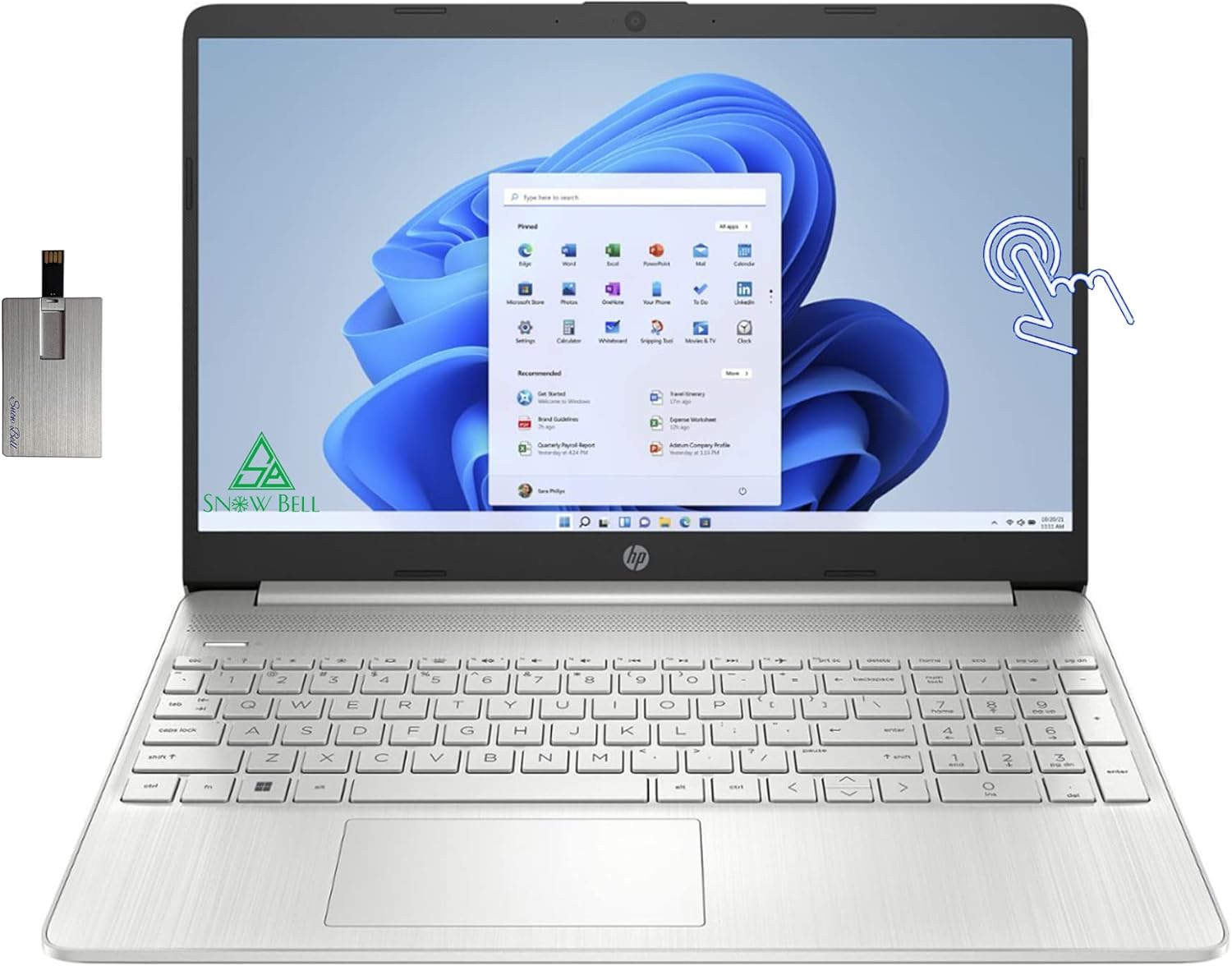Introduction
The healthcare industry is undergoing a major digital transformation, and one of the driving forces behind this change is the evolution of Features of eprescribing software. These systems are more than just electronic versions of prescription pads—they are intelligent, integrated platforms designed to enhance efficiency, safety, and patient outcomes. As providers increasingly rely on electronic medical records (EMRs), the Features of Eprescribing Software have become vital in streamlining operations, reducing errors, and promoting better communication across the care continuum. Understanding these features helps healthcare organizations identify what separates industry leaders from average systems.
The Role of Eprescribing in Modern Healthcare
Digital Efficiency and Accuracy
The primary goal of implementing advanced Features of Eprescribing Software is to eliminate manual processes that can lead to delays and mistakes. By digitizing the prescription workflow, clinicians can instantly transmit accurate medication orders to pharmacies, improving both speed and precision. This efficiency supports a more effective healthcare delivery model and reduces administrative burdens for staff.
Enhancing Patient Safety
Medication errors are among the most preventable causes of patient harm. The Features of Eprescribing Software that include safety alerts, drug interaction checks, and allergy warnings significantly reduce these risks. This proactive approach allows prescribers to make informed decisions backed by real-time data, protecting patients from avoidable complications.
Core Features of Eprescribing Software That Define Leaders
1. Seamless EMR Integration
Industry-leading systems are built around seamless interoperability. The Features of Eprescribing Software that integrate effortlessly with EMRs ensure data consistency across all patient touchpoints. This means prescriptions, medical histories, and lab results are instantly synchronized, empowering clinicians with a complete patient overview at every encounter.
2. Real-Time Drug Interaction Alerts
Advanced Features of Eprescribing Software automatically detect potential drug-to-drug or drug-allergy conflicts. Instant alerts allow providers to adjust prescriptions before they reach the pharmacy, minimizing the risk of adverse events and improving patient safety.
3. Automated Refill Requests and Renewals
Automation is a key differentiator for leading solutions. The Features of Eprescribing Software that enable automatic refill requests streamline communication between providers, pharmacies, and patients. This not only saves time but ensures continuity of care by preventing delays in medication access.
4. Comprehensive Medication History
Top-performing Features of Eprescribing Software allow clinicians to review detailed medication histories, including prescriptions from multiple providers. This holistic view supports accurate prescribing decisions and helps avoid redundant or conflicting treatments.
5. Formulary Management and Cost Transparency
Patient adherence often depends on affordability. The Features of Eprescribing Software that display formulary data and cost comparisons empower providers to prescribe effective medications that align with insurance coverage. This transparency improves satisfaction and supports long-term treatment success.
Advanced Features That Distinguish Industry Leaders
6. Clinical Decision Support (CDS)
A standout among the Features of Eprescribing Software, Clinical Decision Support systems leverage real-time data to guide prescribers toward evidence-based choices. Integrated with EMRs, these tools recommend optimal dosages, alternative therapies, and highlight contraindications, enhancing the quality of care.
7. Electronic Prior Authorization (ePA)
The Features of Eprescribing Software that automate prior authorizations eliminate one of the most time-consuming tasks for providers. ePA streamlines insurance approvals, reducing delays in patient treatment and administrative workloads for healthcare staff.
8. Secure, Compliant Communication
Security and compliance are foundational to healthcare technology. The Features of Eprescribing Software that use encrypted data transfer protect sensitive patient information and meet HIPAA and DEA requirements. This ensures that every digital transaction is safe, transparent, and fully compliant with federal standards.
9. Analytics and Performance Reporting
Leading systems leverage data to drive improvement. The Features of Eprescribing Software with built-in analytics allow organizations to monitor prescribing trends, compliance rates, and provider performance. These insights promote accountability and guide strategic planning.
How Features of Eprescribing Software Improve Workflow Efficiency
Streamlining Clinical Operations
When the Features of Eprescribing Software automate repetitive administrative processes, providers spend more time on direct patient care. Integrated prescription tracking, refill alerts, and audit trails ensure smoother workflows and faster service delivery.
Reducing Administrative and Pharmacy Errors
Manual transcription and fax-based prescriptions are prone to mistakes. The Features of Eprescribing Software that digitize every step—from entry to transmission—greatly reduce the potential for human error. This not only protects patients but enhances the reputation of healthcare organizations.
Supporting Multi-Disciplinary Collaboration
Integrated Features of Eprescribing Software promote teamwork by giving physicians, pharmacists, and nurses simultaneous access to accurate, updated medication data. This transparency ensures cohesive treatment plans and prevents miscommunication across departments.
Emerging Innovations in Eprescribing
Mobile Accessibility
Mobility defines the next generation of Features of Eprescribing Software. Mobile-enabled systems allow providers to send, approve, or modify prescriptions from any secure device, improving responsiveness and flexibility in fast-paced healthcare environments.
Artificial Intelligence and Predictive Insights
AI-powered Features of Eprescribing Software can analyze patient histories, predict adverse reactions, and suggest personalized treatment options. These predictive tools are setting a new benchmark for intelligent, data-driven healthcare delivery.
Cloud-Based Integration
Cloud-hosted Features of Eprescribing Software provide scalability, real-time updates, and easy access from multiple locations. For multi-site practices and hospitals, this capability ensures consistent and efficient prescription management.
Why Leading Features Define the Best Systems
The difference between an average and an industry-leading system lies in how well it integrates technology, compliance, and clinical insight. The Features of Eprescribing Software that combine EMR interoperability, predictive analytics, automation, and secure communication create a seamless digital ecosystem. These systems go beyond basic functionality—they empower organizations to achieve better outcomes, lower costs, and provide safer, faster care.
Conclusion
In a healthcare environment where efficiency, safety, and compliance are non-negotiable, the Features of Eprescribing Software define which systems truly lead the industry. From automated workflows and intelligent decision support to real-time EMR integration and advanced analytics, these features shape the future of digital prescribing. Organizations that prioritize innovation and adaptability in their technology choices position themselves for long-term success. By adopting robust, feature-rich solutions, healthcare providers not only enhance operational performance but also deliver safer, smarter, and more connected care to every patient.





